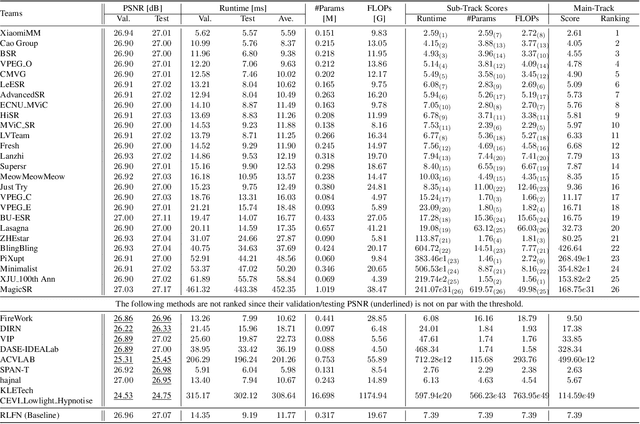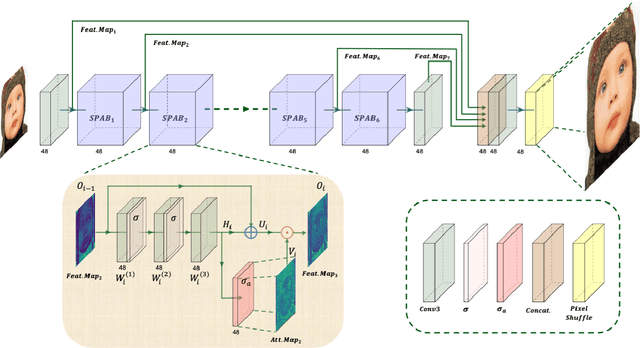Bohan Jia
Vision-R1: Incentivizing Reasoning Capability in Multimodal Large Language Models
Mar 11, 2025Abstract:DeepSeek-R1-Zero has successfully demonstrated the emergence of reasoning capabilities in LLMs purely through Reinforcement Learning (RL). Inspired by this breakthrough, we explore how RL can be utilized to enhance the reasoning capability of MLLMs. However, direct training with RL struggles to activate complex reasoning capabilities such as questioning and reflection in MLLMs, due to the absence of substantial high-quality multimodal reasoning data. To address this issue, we propose the reasoning MLLM, Vision-R1, to improve multimodal reasoning capability. Specifically, we first construct a high-quality multimodal CoT dataset without human annotations by leveraging an existing MLLM and DeepSeek-R1 through modality bridging and data filtering to obtain a 200K multimodal CoT dataset, Vision-R1-cold dataset. It serves as cold-start initialization data for Vision-R1. To mitigate the optimization challenges caused by overthinking after cold start, we propose Progressive Thinking Suppression Training (PTST) strategy and employ Group Relative Policy Optimization (GRPO) with the hard formatting result reward function to gradually refine the model's ability to learn correct and complex reasoning processes on a 10K multimodal math dataset. Comprehensive experiments show our model achieves an average improvement of $\sim$6% across various multimodal math reasoning benchmarks. Vision-R1-7B achieves a 73.5% accuracy on the widely used MathVista benchmark, which is only 0.4% lower than the leading reasoning model, OpenAI O1. The datasets and code will be released in: https://github.com/Osilly/Vision-R1 .
The Ninth NTIRE 2024 Efficient Super-Resolution Challenge Report
Apr 16, 2024



Abstract:This paper provides a comprehensive review of the NTIRE 2024 challenge, focusing on efficient single-image super-resolution (ESR) solutions and their outcomes. The task of this challenge is to super-resolve an input image with a magnification factor of x4 based on pairs of low and corresponding high-resolution images. The primary objective is to develop networks that optimize various aspects such as runtime, parameters, and FLOPs, while still maintaining a peak signal-to-noise ratio (PSNR) of approximately 26.90 dB on the DIV2K_LSDIR_valid dataset and 26.99 dB on the DIV2K_LSDIR_test dataset. In addition, this challenge has 4 tracks including the main track (overall performance), sub-track 1 (runtime), sub-track 2 (FLOPs), and sub-track 3 (parameters). In the main track, all three metrics (ie runtime, FLOPs, and parameter count) were considered. The ranking of the main track is calculated based on a weighted sum-up of the scores of all other sub-tracks. In sub-track 1, the practical runtime performance of the submissions was evaluated, and the corresponding score was used to determine the ranking. In sub-track 2, the number of FLOPs was considered. The score calculated based on the corresponding FLOPs was used to determine the ranking. In sub-track 3, the number of parameters was considered. The score calculated based on the corresponding parameters was used to determine the ranking. RLFN is set as the baseline for efficiency measurement. The challenge had 262 registered participants, and 34 teams made valid submissions. They gauge the state-of-the-art in efficient single-image super-resolution. To facilitate the reproducibility of the challenge and enable other researchers to build upon these findings, the code and the pre-trained model of validated solutions are made publicly available at https://github.com/Amazingren/NTIRE2024_ESR/.
 Add to Chrome
Add to Chrome Add to Firefox
Add to Firefox Add to Edge
Add to Edge